22 May Application to Strike Jury
In a personal injury trial, the Supreme Court Civil Rules give either party the right to unilaterally select trial by jury. If one party does not want the matter to be heard by a jury, the onus is on them to show that it is not appropriate in their particular case. Otherwise, the jury trial will go ahead.
In the case of Froese v. Wilson, 2017 BCSC 2042, the Plaintiff became severely intoxicated at a house party. He left the party riding in the cargo box of a pickup truck owned by one of the Defendants and driven by the other Defendant. At some point, the Plaintiff stood up in the back of the pickup truck and a movement of the vehicle allegedly caused him to fall out of the truck. There was no dispute that the Plaintiff suffered a traumatic brain injury. However, expert witnesses for the Plaintiff and Defendant disagreed about whether he was still suffering any effects of the brain injury or his physical injuries.
Two weeks before trial, the Plaintiff applied to strike a jury notice that had been served by the Defendants more than a year earlier. The Defendants opposed the application.
The Supreme Court Civil Rules require that an application to strike a jury notice be made within seven days of the notice being served. However it is generally recognized that, in personal injury cases, the Court cannot properly consider such an application until a much later date when the parties have exchanged expert reports. Where an application to strike has not been filed within the seven days, the Court has discretion to extend the time for filing, which is what they did in this case. The Plaintiff’s application to strike the jury notice was then heard on its merits.
The Court noted that there are many factors to take into consideration when deciding whether or not to strike the jury notice, including the anticipated length of the trial, the number of experts to be called, the volume of expert evidence, the nature and character of the expert evidence, the extent to which there are conflicts in the expert evidence, the nature of the inquiries the trier of fact will be asked to make to resolve those conflicts, the number of issues to be resolved by the jury, the character of those issues and complexities that may arise as a consequence of the interaction between issues.
This trial was set for 20 days, which the Court noted was not an unusual length for a jury trial. Although there was a multiplicity of expert evidence, it came from experts in fields that were commonly at issue in personal injury cases and there appeared to be a great deal of common ground as to the nature of the injuries suffered by the Plaintiff. The main areas of disagreement related to the long-term impact of those injuries and the cause of the Plaintiff’s ongoing symptoms. The Court was not persuaded that those areas of disagreement were so complex that they could not be considered by a properly instructed jury on the basis of properly presented and explained expert evidence.
Counsel for the Plaintiff also expressed concern that a jury may take a harsher view of the Plaintiff’s conduct than a judge would in assessing liability. The Court indicated that the possibility that a jury verdict may reflect community attitudes that differ from those of judges was one of the frequent justifications for retaining the jury system.
The Court held that the Plaintiff failed to meet the onus in this case and the application to strike the jury notice was dismissed.


